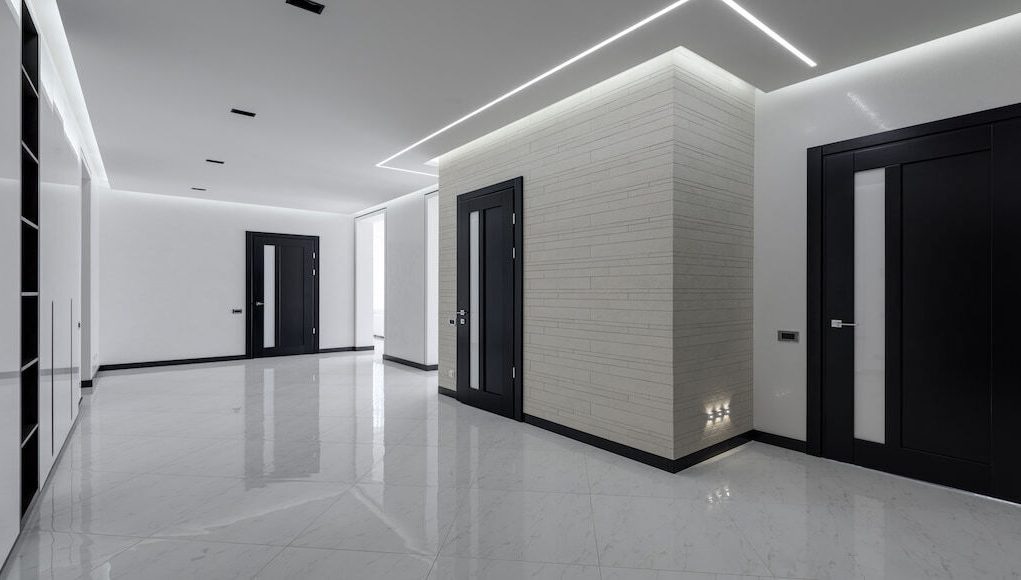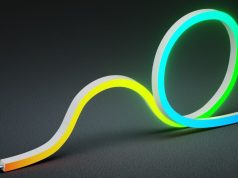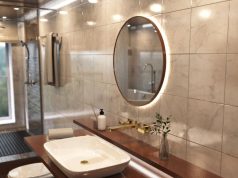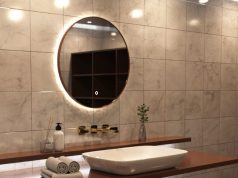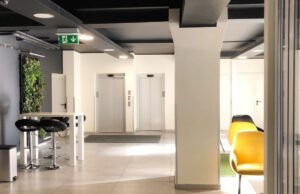Now that more and more information is coming out each day about the importance of the type of lighting you use – people are beginning to see the value in highly-effective environmentally friendly lighting.
With LED lighting showing the most promising signs for high-value and eco-friendly features – it is a must for people nowadays to realise that traditional lighting is falling behind in advantages compared to LED lighting.
In this blog, we will discuss the differences between the key lights within a household and the key differences that you need to know. Keep reading to learn more about this topic.
What is an LED Downlight?
Much like its name, there is a fixed position for this recessed light in your household ceiling. Whether you place it in your kitchen, bathroom or any other location, its versatility seeps through to create a striking ambience.
The use of LED downlights is increasing due to its array of options for each type of lighting. For instance, downlights nowadays now give you the ability to apply a range of environments such as accent lighting (focuses on a particular area or object), task lighting (allows people to effectively carry out tasks) and many more.
With the possibilities for lighting being endless, each household or commercial property can vary from creating a sophisticated mood to a chilled atmosphere. Downlights are desired for your ceiling and depending on the brightness – will decide how many lights you invest in.
Not only do they provide efficient lighting, but they also hold an extremely pleasing aesthetic in any situation. If you’re looking to build a modern-looking home or renovate your business’s office, LED downlights are a staple for most ceiling lights.
What is an LED Spotlight?
Since LED lights burst onto the scene more recently due to the benefits of completely overhauling their competition – LED offers alternatives for most types of lighting on the market. With its energy-efficient, eco-friendly features, spotlights are no different.
As LED downlights keep on rising in favourability across the wider community, more people are realising how they can switch up the lighting in their homes to stop them from buying light bulbs every few weeks.
The best way to describe an LED spotlight is that they’re extensively similar to old halogen or incandescent spotlights. Therefore, they are not fixed in movement. They can be manipulated in many directions in order to meet your demands of what you want to get done.
Although, previous lighting options for spotlights did not contain the groundbreaking technology that modern LED spotlights generate.
Anything from replacement costs to using heat to brighten is no longer an issue. You will have an LED light bulb that will last for an exceedingly long time – whilst energy bills will be drastically reduced!
Key Differences Between Downlights and Spotlights
Now that you completely understand what the two lights are and why they’re becoming sought-after in today’s market – it is often that people get confused between them.
As a customer looking to purchase lighting for your home or commercial property, you need to be able to comprehend the opposing components between the two.
For example, one light may be better at what you want, but you decide to go with the other option and then are left disappointed with your purchase. Typically, it is hard to distinguish the difference between the two for the common customer.
However, in this blog, we want to inform you about the key differences between both so you can make a smarter decision when it comes to your purchase and specific needs. Here are the vital factors that separate LED Downlight vs Spotlight:
Use of Each LED Light Bulb
As an LED spotlight is more prominent for emphasising certain objects or items. For example, pictures on the wall, behind the television walls, etc are typically where spotlights are most effective.
These LED light bulbs are tremendously successful in creating a beautiful, mysterious aesthetic, wherever you decide to place them.
On the flip side, LED downlights are usually the more prominent and dominant form of lighting. Therefore, you will commonly see this form of lighting in corridors (household or commercial), bedrooms, bathrooms and many more.
Downlights are brilliant for aiding you to complete essential tasks throughout the day, ensuring that there are no complications and difficulties when doing so.
Cutout Needed For Installation
As you’ve come to make your decision on the type of LED lightbulb you want to install inside your premises – it may be worth taking into account how different the cutout sizes will be. For example, LED strips will need a specific amount of space and the same goes for any indoor lighting.
Some households or commercial properties will only have limited space for their lighting, or they could have tons of space to work with. Whichever situation is the case, this will help you decide on the type of lighting you desire.
For your typical LED downlight, the cutout will need to be between 2-3 inches. While the cutout is bigger, it will also need a certain amount of depth for it to be feasible. Whereas, with ceiling spotlights, it is a lot less strict and will only need around 6-8 centimetres of space for installation.
Risk Rate
For LED spotlights, it is vital to know that you cannot use them on flammable objects such as wool fabric within a short distance. No matter whether this is living room lighting, ceiling lights outdoor or any other placement – it can easily cause a fire to start if irradiation occurs.
For the best display and the least risk possible, it is a smart decision to go through your placement with a professional before adding these lights to your home.
Living in a home with these advanced technologies and lighting makes for a view that other people will not forget when visiting your property.
If these visitors realise the environmental and aesthetic benefits of LED lighting, it may persuade them to shop for their own fixtures of lighting.
Becoming a customer of these revolutionary products will add to the knowledge and information of others on how they can save money… and the world at the same time!


